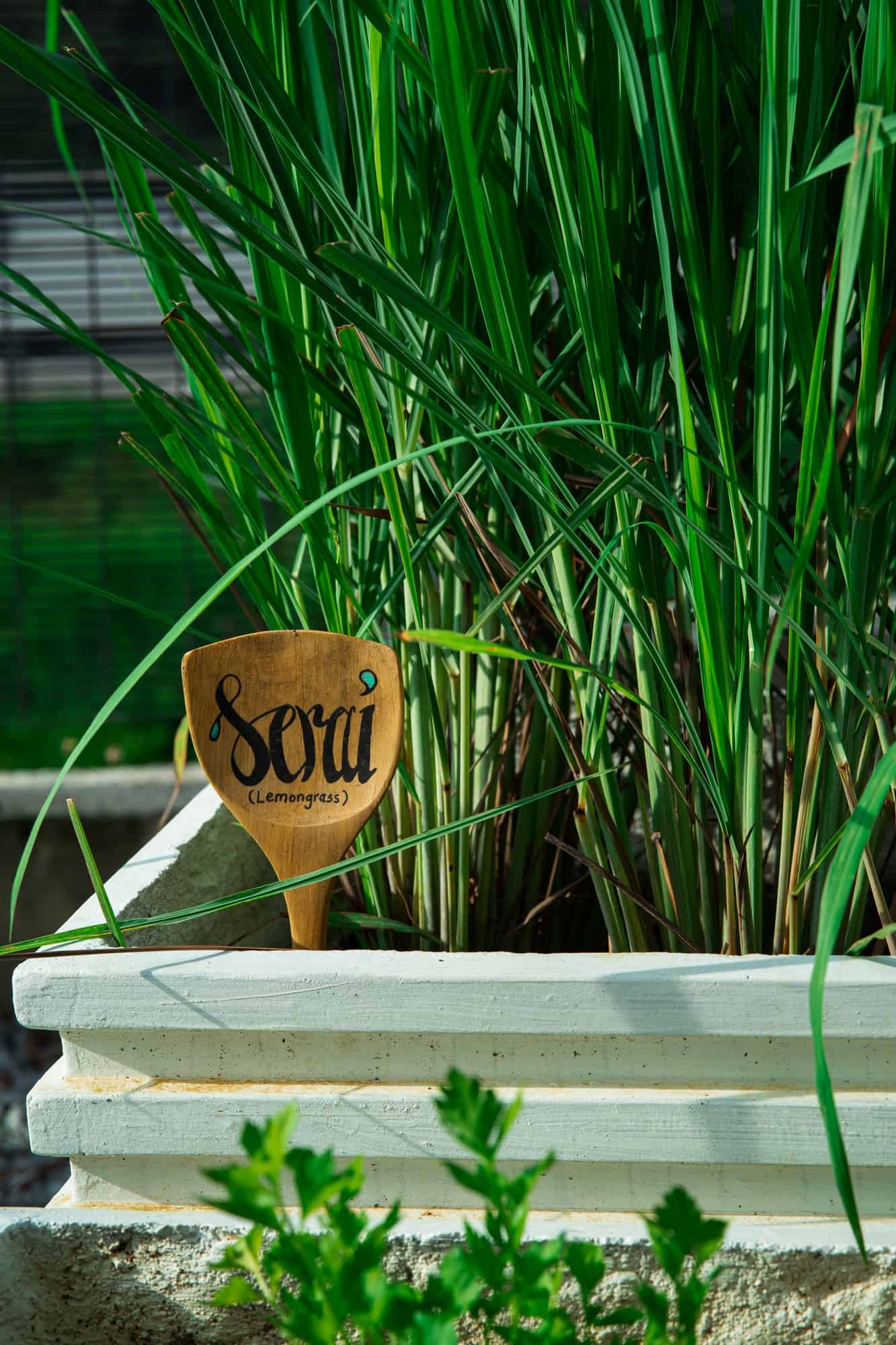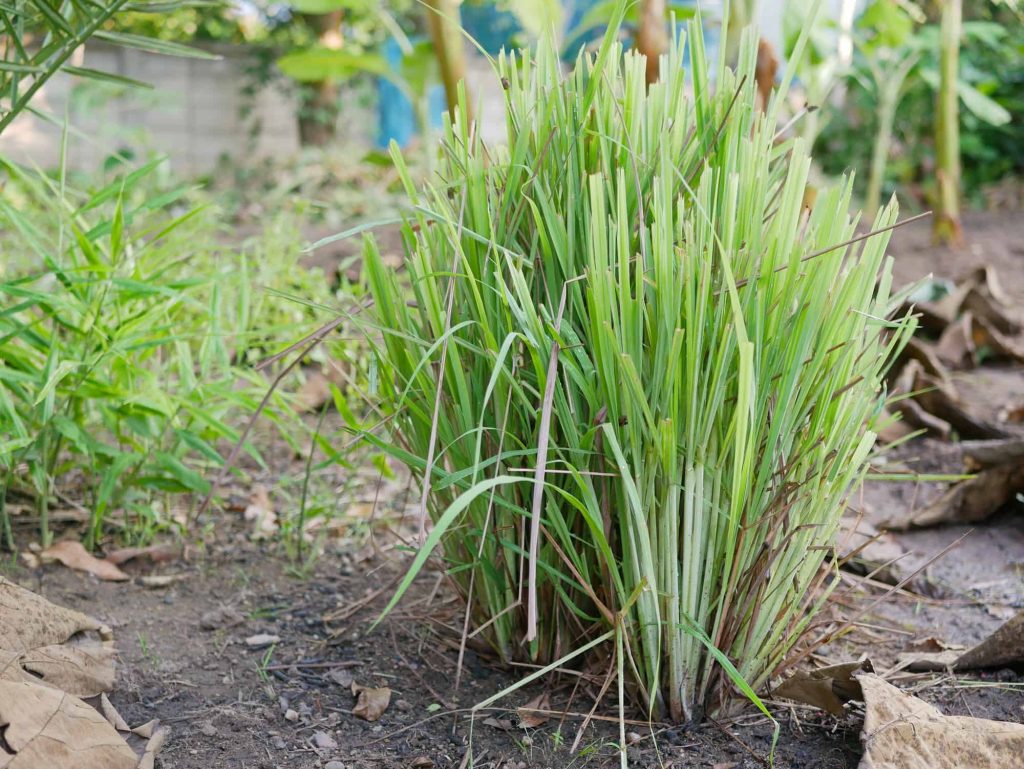Is lemongrass a perennial? Lemongrass is known by lots of names, some of which include citronella, fever grass, oily head, Malabar grass, barbed wire grass, silky head, or cochin grass (1). This plan is a widely used herb, it is commonly found in tropical countries such as SoutheastAsia. Lemongrass can be used in the treatment of health issues like vomiting, digestive tract spasms, pain, stomach aches, pain, and cough.
Learning how to plant and care for lemongrass is quite easy as it mostly just needs a sunny position to thrive. Although this ornamental grass thrives in all conditions, it does best in a warm location.
Lemongrass happens to be one of the easiest plants to grow and since it might be a bit difficult to find it in the produce aisle, planting it in your garden is a great idea. This sun-loving herb can help add an intriguing flavor to your stew or soup. It is a popular recipe in many Asian cuisines and the sweet flora flavor is ideal for both sweet and savory foods.
To cultivate and harvest lemongrass successfully, you need to have it grown the right way. However, giving the right conditions, your lemongrass will grow just fine. Read on to find out if lemongrass is a perennial and the right way to grow it in your garden.
Annual And Perennial Plants Explained
Annual plants are quite different from perennial plants although some plants can be cared for as both.
To understand how any plant grows, it is first important to learn if it’s an annual plant or a perennial. Annual plants refer to plants that complete their life cycle within a year. Annual generally grow from seed, produce, bloom, and die within their growing season while perennials are plants that survive year after year (2).
Perennial plants can survive through multiple growing seasons in contrast to annual plants. Perennial plants will regrow every spring but with annual, you need have to the seeds planted again (3). However, the relative tolerance of each plant also decides how long the lifecycle is.
Cold temperature is likely to cause some plants to die back but the root system will survive and grow new foliage in spring.
If you can’t decide if a plant has an annual or perennial lifecycle, the trick is to make as many seeds as possible. A plant can also behave as an annual or perennial depending on climate and growing conditions so as stated earlier, the survival of a plant can be based on its tolerance to the weather.
Is Lemon Grass A Perennial?
Yes, lemongrass is a perennial plant but it happens to be quite tender and will not survive the winter.
Lemongrass is an easy-going tropical plant and it thrives best in full sun and will tolerate a warm environment but it needs to be brought in during the winter months. This sun-loving plant may survive the winter in moderately cooler zones but is quite sensitive to frost hence it can be considered annual depending on the climate.
Lemongrass is relatively easy to care for provided it is planted in the right conditions. To protect it during winter and have it come back every year, plant it in a container and you can easily take it indoors when the temperature becomes unfavorable.
How to Grow Lemon Grass The Right Way
Lemongrass is easy to grow perennial that you definitely want in your garden. This herb is widely used orally and packed with its strong citrus flavor, it is a staple in some dishes. This plan is also ornamental and can easily fulfill a role in the landscape. The plant has been around for quite a long and below is the right way to grow a heat-loving herb so it can grow year-round.

1. Planting
The first step to any successful gardening is planting. Lemongrass should be planted in spring when all the chances of it dying from frost have passed.
The easiest way to add this to your garden is to plant from transplants or cuttings. It can be planted in the ground or container just the same way ornamental grasses can be planted. Lemongrass like it hot so you want to make sure you are planting it in an area with at least 8 hours of sun and in well-drained soil (4).
To plant lemongrass, peel back a layer or two of the fresh stalk and then root the stalks in water for several days. Once rot forms and you can see leaves sprouting, plant the rooted lemongrass with the crown just below the surface and space plants 24 inches from each other.
2. Watering And Nutrient Requirements
Lemongrass only needs to be watered every few days or when it soil looks dry. it is best planted in moist well-drained soil that is high in organic matter and if it’s grown in containers then it needs to be watered more frequently. During spring or summer, every one to two days will do just fine. Lemongrass giving the right growing condition. During winter, you need to water it less.
For nutrients, you can fertilize lemongrass with water-soluble plant foo every week or also water with manure tea as this is sure to leave a trace of nutrients. you should kick start the growing season by mixing rich organic matter into the native soil (5).
3. Harvesting
The harvesting stage for lemongrass is quite an easy one. Lemongrass stalk can be harvested as soon as it reaches 12 inches. If you are growing lemongrass indoor then it can be harvested all year long. You can pull up a lemongrass stalk by hand or simply cut it at ground level.
Does lemongrass like lots of water?
Lemongrass needs water however it is important not to overwater it. The rainfall and humid conditions should be put into consideration before watering lemongrass. In arid regions, water lemongrass at least once a day.
In Conclusion
Whether you are growing lemongrass indoor or outdoor, you need to provide it with enough sunlight.
You should also keep in mind that this herb might be dormant through the fall and winter but it is perennial which means it will regrow in the spring. In addition, lemongrass should not be planted in dry areas hence you need to increase the air humidity around it by spraying it with water mist.

